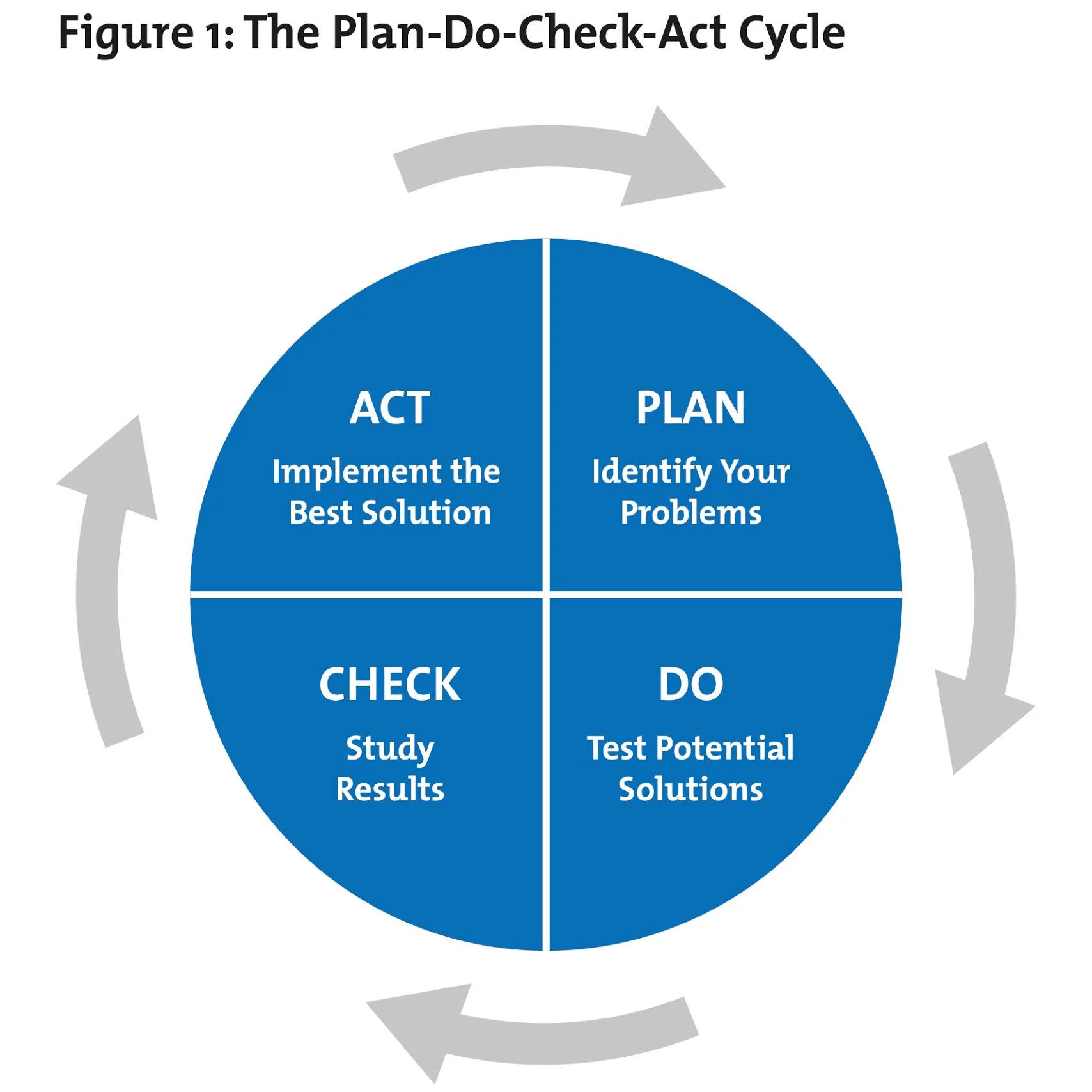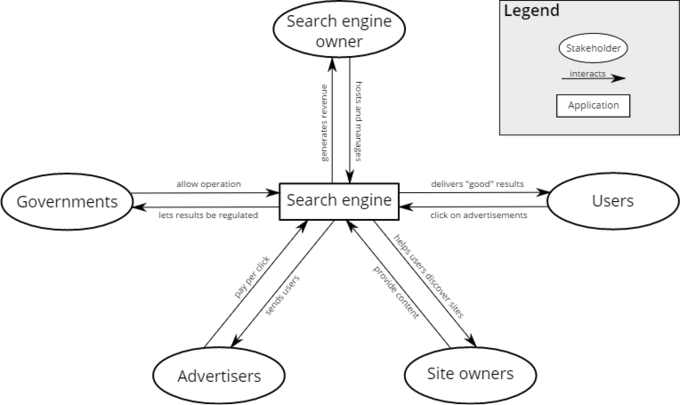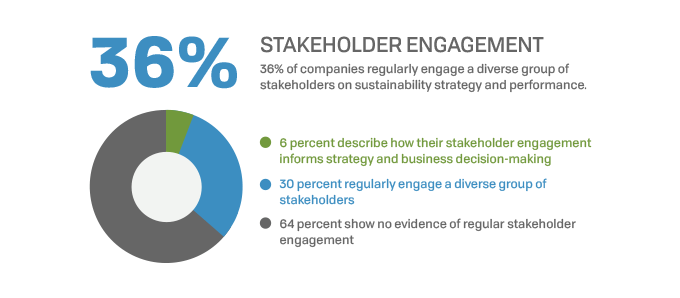
What is a Stakeholder?
Stakeholders may work on internally focused business processes and don’t interact directly with your organization’s customers. If you work on something like an HR or accounting system, you’re in this situation. The road to bloated internal products is paved (with gold plating) by features added to appease stakeholders, but do nothing for your organization’s real customers.
A stake is a vital interest held by someone either inside or outside the business and can include ownership interests, legal obligations and moral rights. Examples of stakeholders include shareholders, employees, customers, suppliers, governments, other organizations, and society at large. The concept of a stakeholder and a company’s obligation to it have broad moral and ethical implications relating to the role of business in modern society. Other stakeholders are the customers who buy the products or services the company offers.
Any action taken by any organization or any group might affect those people who are linked with them in the private sector. For examples these are parents, children, customers, owners, employees, associates, partners, contractors, and suppliers, people that are related or located nearby. Primary stakeholders are usually internal stakeholders, are those that engage in economic transactions with the business (for example stockholders, customers, suppliers, creditors, and employees). Excluded stakeholdersare those such as children or the disinterested public, originally as they had no economic impact on business. Now as the concept takes an anthropocentric perspective, while some groups like the general public may be recognized as stakeholders others remain excluded.
Customers are stakeholders too, especially if they rely heavily upon your product or business to purchase items that they use regularly. Considering your employees as stakeholders can also benefit your company in the form of improved morale and performance. A successful relationship between a business and its stakeholders is built on working together towards common goals. And if you treat them well, they’ll be engaged as a team and a family to go above and beyond their job requirements to further the best interests of your company.
Those indirectly affected may include an adjacent organization or members of the local community. Directly affected stakeholders will usually have greater influence and impact of a project than those indirectly affected. While these details are developed and analyzed further in the Stakeholder Analysis process, it is important to begin thinking about them now and helps provide a systematic way to identify stakeholders. If you’re not careful, you can easily confuse them for “internal” customers. Technically, a stakeholder is anyone who impacts or is impacted by an organization’s actions or products.
Create the highest quality products you can, so your customers will go the extra mile to help you keep providing them. Cultivate relationships with investors who are more interested in long-term viability than short-term dividends.

Loosely defined, a stakeholder is a person or group of people who can affect or be affected by a given project. Stakeholders can be individuals working on a project, groups of people or organizations, or even segments of a population. A stakeholder may be actively involved in a project’s work, affected by the project’s outcome, or in a position to affect the project’s success. Stakeholders can be an internal part of a project’s organization, or external, such as customers, creditors, unions, or members of a community.
Stakeholders may be stockholders, creditors, governmental and regulatory agencies, customers, management and other employees, and various other parties and entities. A corporate stakeholder can affect or be affected by the actions of a business as a whole. Whereas shareholders are often the party with the most direct and obvious interest at stake in business decisions, they are one of various subsets of stakeholders, as customers and employees also have stakes in the outcome. In the most developed sense of stakeholders in terms of real corporate responsibility, the bearers of externalities are included in stakeholdership.
The local community has a stake in the business because it provides jobs, which generate economic activity within the community. Societyas a whole (as well as the local community) is concerned about the impact that business operations have on the environment in terms of noise, air, and water pollution. A business with an engaged community of stakeholders will reap financial benefits from these relationships. Employees who care about their work and see it as more than a job will give their best and act as ambassadors for your brand.
Customers are actually stakeholders of a business, in that they are impacted by the quality of service/products and their value. For example, passengers traveling on an airplane literally have their lives in the company’s hands when flying with the airline. refers to a person or group who relies on financial information to make decisions, since they often have an interest in the economic viability of an organization or business.
In the last decades of the 20th century, the word “stakeholder” became more commonly used to mean a person or organization that has a legitimate interest in a project or entity. This includes not only vendors, employees, and customers, but even members of a community where its offices or factory may affect the local economy or environment.
- In the last decades of the 20th century, the word “stakeholder” became more commonly used to mean a person or organization that has a legitimate interest in a project or entity.
- In a corporation, a stakeholder is a member of “groups without whose support the organization would cease to exist”, as defined in the first usage of the word in a 1963 internal memorandum at the Stanford Research Institute.
What is a stakeholder in accounting?
A stakeholder is any person or entity that has an interest in a business or project. Stakeholders can have a significant impact on decisions regarding the operations and finances of an organization. Examples of stakeholders are investors, creditors, employees, and even the local community.
Yet other stakeholders could be the area residents employed by the company. Some of these hold more power and influence over the company than others, and some of these have more personal concern over the company’s actions than others. A stakeholder map helps you determine who has the most potential to impact the company.
By that definition, customers, users, and anyone inside your organization with an interest in your product is classified as a stakeholder. Much of the prioritization will be based on the stage a company is in. For example, if it’s a startup or an early-stage business, then customers and employees are more likely to be the stakeholders considered foremost. If it’s a mature, publicly-traded company, then shareholders are likely to be front and center.
In a corporation, a stakeholder is a member of “groups without whose support the organization would cease to exist”, as defined in the first usage of the word in a 1963 internal memorandum at the Stanford Research Institute. Since then it has gained wide acceptance in business practice and in theorizing relating to strategic management, corporate governance, business purpose and corporate social responsibility (CSR). One of the first steps in project management planning is the identification of stakeholders. In order to accomplish this, you need to understand what a stakeholder is.
Customers
Stakeholders (also known as publics) are groups such as community residents, media representatives, stockholders, financial analysts and others who have an interest in or some influence on marketing performance. Obviously, customers, employees, managers, suppliers, government regulators and others can directly influence a business and its performance, meaning they’re particularly important stakeholders. Another way of determining stakeholders is to identify those who are directly impacted by the project and those who may be indirectly affected. Examples of directly impacted stakeholders are the project team members or a customer who the project is being done for.
Such a perspective does not give plants, animals or even geology a voice as stakeholders, but only an instrumental value in relation to human groups or individuals. External stakeholders are groups outside a business or people who don’t work inside the business but are affected in some way by the decisions and actions of the business. Examples of external stakeholders are customers, suppliers, creditors, the local community, society, and the government. Customers want the business to produce quality products at reasonable prices. Federal, state, and local governmentsneed businesses to thrive in order to pay taxes that support government services such as education, police, and fire protection.
Whenever possible, work on aligning the interests of your business with those of your stakeholders. Treat your employees well and pay them fairly, so they’ll work towards your mutual success.

What Is a Stakeholder in Business
Customers who believe in your company and your offerings will support you with their long-term business. Engaged stakeholder investors will help you out with working capital and funds for expansion projects. Successful relationships with stakeholders are essential to your company’s success. However, it takes hard work and vision to build these strong liaisons.
Internal stakeholders include silent partners, shareholders and investors. External stakeholder groups might include neighboring businesses, strategic partners or community bodies such as schools. The role of the stakeholder varies depending on the organization and the particular project being developed or decided upon. A stakeholder of a business is any person or organization that is affected by the business or affects the business.
What Is a Stakeholder in Business? – Definition & Examples
What is a stakeholder in simple terms?
Stakeholders are persons or groups that rely on financial information to make decisions. Stakeholders include stockholders, creditors, governmental and regulatory agencies, customers, and managers and other employees. Stockholders are owners of a business.
Stakeholders are people interested in your company, ranging from employees to loyal customers and investors. They broaden the pool of people who care about the well-being of your company, making you less alone in your entrepreneurial work. At its best, the relationship between a business and its stakeholders is symbiotic and healthy. At its worst, this relationship hinges on conflicting demands and interests and makes decision-making stressful and slow. Stakeholders are individuals or groups that have an interest in the success and progression of a company.